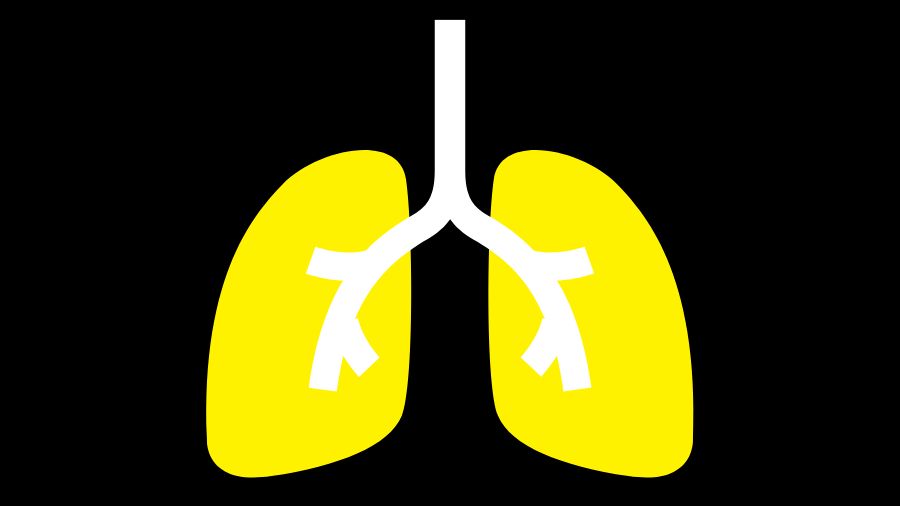Virtual medicine is on the rise in Canada, and the onset of COVID-19 has accelerated its adoption over the last few months. But for patients with respiratory disease – such as asthma and Chronic Obstructive Pulmonary Disease (COPD) – care by phone can only go so far. A new groundbreaking digital solution from the Canadian Network for Respiratory Care (CNRC) – supported by Toronto General & Western Hospital Foundation, the RBC Foundation and Lyceum Health, a digital health solutions company – will go well beyond traditional telemedicine and connect high-risk patients with real-time care and support from home.
Challenges with virtual care
As a Certified Respiratory Educator (CRE), Nikki Breede’s role is to educate and manage patients with respiratory diseases. CREs make up a multidisciplinary group of highly trained and skilled healthcare professionals, and include respiratory therapists, pharmacists and nurses. They work throughout Canada in every part of the healthcare system, including hospitals, community clinics and pharmacies and with family physician and primary care teams.
Most CREs like Breede would typically work in a clinical setting. She is now seeing a small number of patients in clinic but sees most virtually using telemedicine. She’s facing a number of challenges as she does everything possible to help her high-risk patients who are isolated at home.
“Some of the challenges working virtually have been in getting information needed to provide comprehensive care to patients quickly and efficiently,” says Breede. Gathering information from different sources – such as medical charts, electronic records and pharmacists – has become difficult. This information barrier inhibits a CRE like Breede from providing a high level of care by phone. Widespread misinformation and growing anxiety (a result of isolating at home) are added risks respiratory patients are facing. And they’re added challenges for CREs to manage.
As a result, Breede and other CREs are often spending extended amounts of time on the phone trying to locate details, set facts straight and provide advice based on fragmented information, all while trying to keep the disease under control.
Introducing the Digital Monitoring and Support System
CNRC’s Digital Monitoring & Support System moves beyond the role of basic telephone advice by linking patients and the reports generated by the program directly with the patient’s CRE as well as their primary care provider, or respiratory or allergy specialist.
Dr. Kenneth Chapman, President of the CNRC, Director of the Asthma & Airway Centre at University Health Network and a specialist in respiratory care states, “The immediate goal of the system is to provide excellent evidence-based care at a time when patients are struggling with their access to care. We hope to keep patients well. We hope to keep patients free of exacerbations (or lung attacks) so they’re not dashing off to the emergency room, perhaps being exposed to the virus.”
“Our new digital tool will also enhance the work of the CREs and make patients more effective partners in their own care,” says Cheryl Connors, Executive Director of CNRC.
How the platform works
The Digital Monitoring and Support System will connect high-risk respiratory patients with CREs and seamlessly connect important assessment data. Clinics and providers will then receive real-time reports that – like a hospital triage system – will help them evaluate and prioritize patient follow-up.
Using the tool, patients will complete assessments online, which are presented in real-time to CREs and clinics in actionable reports.
“The tool will allow educators to gather comprehensive data and present it to the clinics responsible for the care of those patients. What will result is more comprehensive management, better patient education and involvement in their own care, and effective and time-efficient use of resources,” says Dr. Chapman.
And while the platform has been made necessary by the crisis, it can improve the overall care of patients with respiratory disease. Adds Dr. Chapman: “We expect this to be a program in existence for a very long time, continuing to improve the health of Canadians with respiratory disease well into the future.”
The Digital Monitoring and Support System will be rolled out in a phased approach across the country.


